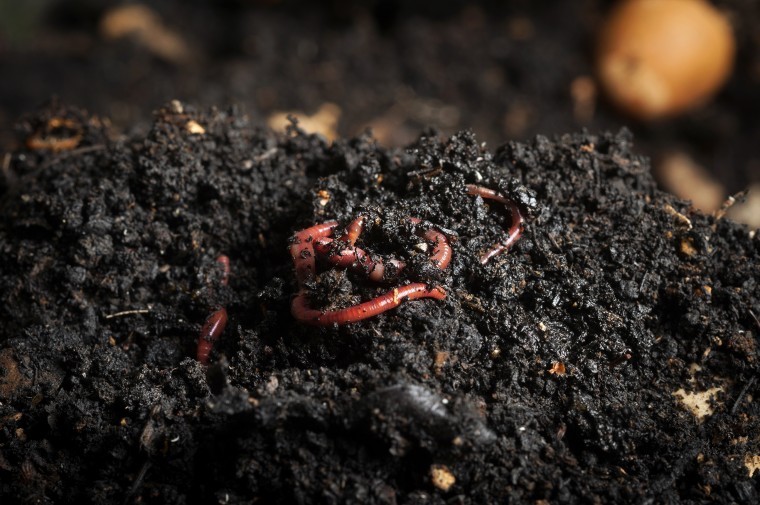The results end years of argument about whether there is any value to farmers in applying digestate and compost to their soils.
Early in the season, the materials provide a nutrient boost with additional phosphate, potash and sulphur which gave higher crop yields compared to crops which were only grown with bagged fertilisers.
“This is particularly important on shallow soils over chalk and limestone where it can be difficult to reach and maintain target phosphorous levels; soils with a low nutrient status; or soils susceptible to sulphur deficiency,” said the final report from the Digestate and Compost in Agriculture field experiments run by the Waste Resources Action Programme (WRAP) based in Banbury, Oxfordshire.
This benefit was valued at between £55 and £160 a hectare, taking account of the value of bagged fertiliser saved and the cost of spreading (but not sourcing) the compost and digestate. The quality of crops grown with compost and digestate was measured against specific grain weight, grain protein content, the oil content of rape seed and was found to be just as good as crops grown using bagged fertilisers. Similarly, crops grown using compost and digestate were found to be safe following assessments of crop metal concentrations, mycotoxins in cereal grains and organic material contamination of cut grass.
Nitrogen is the single most important nutrient influencing crop yields, so the research wanted to find out the nitrogen use efficiency (NUE) of the digestate so that farmers know how much will be available for their crops. The average NUE of food based digestate, applied in spring using a band spreader, was about 55% of total nitrogen applied, as measured in replicated field experiments. This was reduced to about 15% of total nitrogen applied when food based digestate was band spread in the autumn, highlighting the effect of nitrogen losses via over-winter nitrate leaching.
Livestock slurry based digestate applied in spring had a mean NUE of about 50% which decreased to about 15% of total nitrogen applied for autumn applications.
“For both materials, there was considerable variation between the NUE results obtained from the individual experimental sites,” said the report. “This was understandable given the complexity and interactions of the processes involved and is also the case for other organic material applications such as livestock slurries.
The research also found:
<
ul>
The project was commissioned in 2010 and the core experiments ran across three growing seasons, with supplementary research completed in 2015. There were 22 experimental sites throughout Wales, Scotland and England and all treatments were in triplicate.
The report pointed out that “in 2010, food based digestate was a little understood, little used, ‘novel’ material”. Now farmers, it said, can maximise the fertiliser value of at least 1.5 million tonnes of food waste which is processed by the UK’s anaerobic digesters every year.




